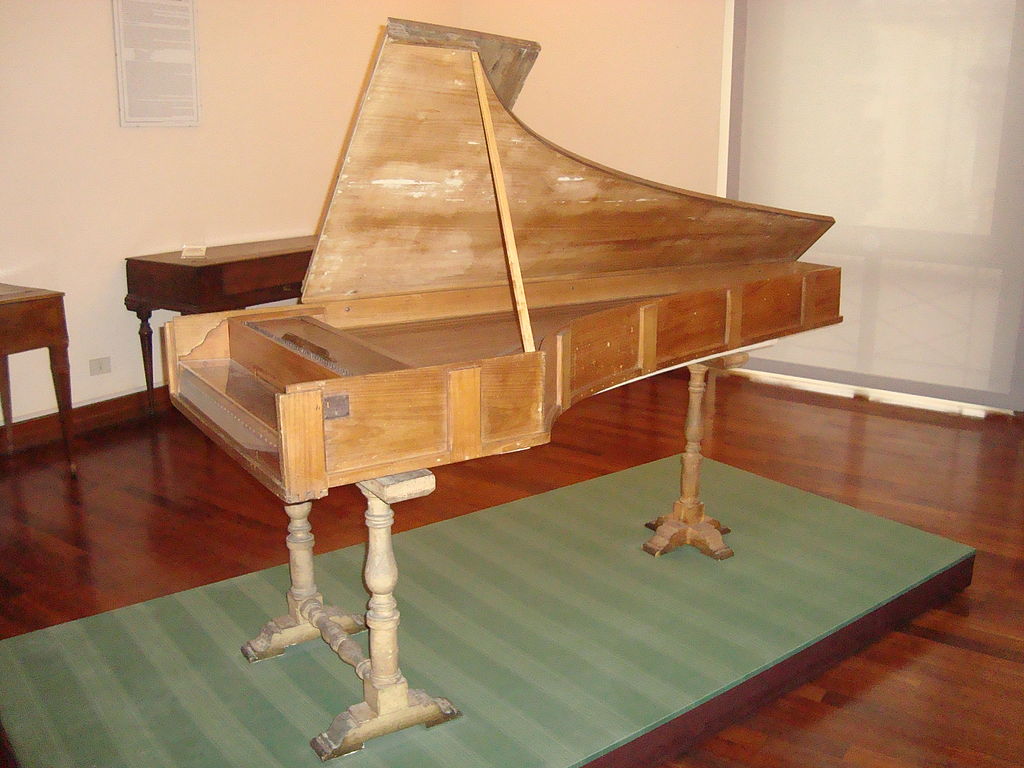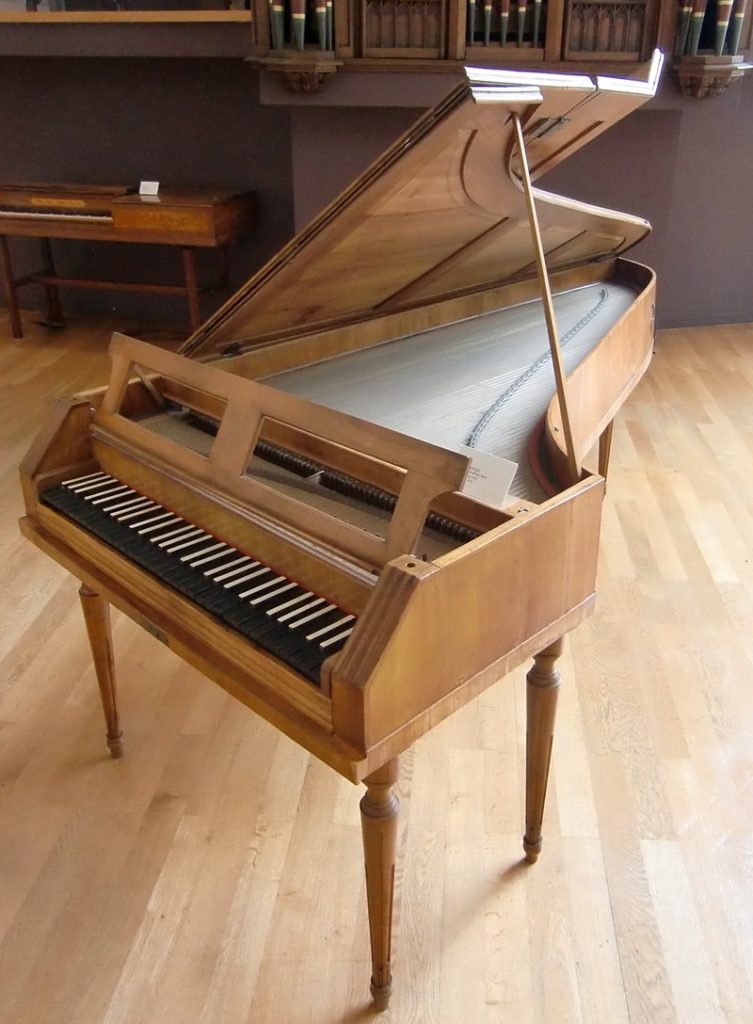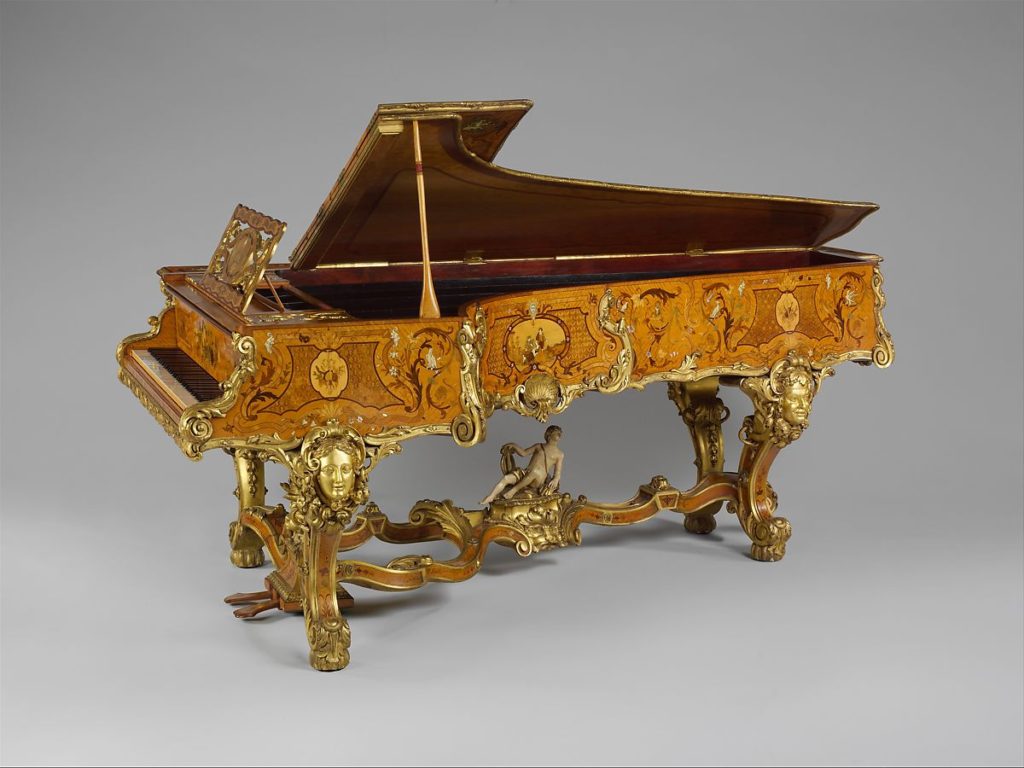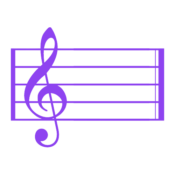Table of Contents
Introduction
In this article, we will describe in simple stages the historical period in which the fortepiano reached its maximum diffusion as an instrument favoured by the major composers and instrumentalists of the world. Although we cannot indicate the precise moment in which we switched from the intimacy of the fortepiano to the explosiveness of the modern concert piano, the gradualness of technical innovation suggests a very precise historical path that organologists are still deepening.
Fortepiano or piano?
The fact that there is a historical-organological trace of the fortepiano should induce us to think that it has at some point turned into the piano, or that it has undergone a rigid process of technological improvement . Today we tend to think that similar objects belonging to different eras are updated over time, as happens for example for computers. However, in the case of the fortepiano and the modern piano, we refer to objective technological innovations that have been expressed, from a mechanical point of view, differently over the years; these are not just updates or improvements. The fortepiano itself comes from an older ancestor, which we call clavichord and which was a profoundly different instrument from a mechanical point of view. From this, we understand that, more generally, all technical-instrumental innovations are distinguished through the use of terms that reflect those profound organological changes that determined, sometimes, the presence of completely different mechanical elements between apparently similar instruments. In making a comparison between the components of some fortepianos with those of modern concert pianos, we may feel surprised by the profound difference between the instruments, and we may even be persuaded that we cannot trace a real evolutionary-organological line. About the mechanics of the fortepiano, there are already numerous offline and online articles that you can consult, while an effective and concise indication of the mechanical components of the modern piano can be found in the Piano Reading Method manual, which you can order from the banner below: if you do, a small percentage of your purchase will go to support this blog.
Another fundamental resource from a technical point of view is the short two-part video of the BaroqueBand YouTube channel, which illustrates in English the differences between clavichord, fortepiano and piano. You can watch it below:
Cristofori’s Italy
In Italy, Bartolomeo Cristofori (1655-1732) was the first harpsichord to understand the potential of a keyboard instrument that could clearly express a dynamic differentiation. His constructive genius met the needs of Prince Ferdinando De’ Medici, who commissioned the Paduan organ maker to build instruments that could strike the strings instead of pinching them. An example of this instrument, dating back to 1722, is kept in Rome in the National Museum of Musical Instruments. The authentic models of Cristofori are very rare and disputed all over the world: in Italy, we are lucky to have the chance to admire an instrument that had been equipped with hammers, instead of the saltarelli that pinched the strings, and the possibility of halving the volume with a small movement of the keyboard for you to strike no longer two but a single string opening the way to new expressive and sound possibilities1source: http://museostrumentimusicali.beniculturali.it/index.php?it/141/pianoforte-di-bartolomeo-cristofori.

Stein’s Germany
As it is known, in the eighteenth and nineteenth centuries Germany represented (together with Italy, Austria and France) one of the reference nations for the musical world. In particular, musicians of the calibre of Mozart had the opportunity to personally try and with great enthusiasm a Stein fortepiano. Johann Andreas Stein (1728-1792) was a brilliant craftsman to say the least, as he perfected the existing rebound mechanics, called Prellmechanik, adding an exhaust spring2source: sibemolle.it/materie/pianoforte/storia/evoluzione_meccanica1.aspx. Mozart tried this type of mechanics in 1777 and was enthusiastic about it. Later, Stein’s sons chose the city of Vienna to transfer their business and continue their father’s legacy by founding a piano factory.
Given the difficulty of the topic, which does not lend itself to analytical insights in an online article, we remind you that further insights are available in our individual online course: you can find the program in the section of the online coursesection > the course program, or book an individual lesson online by consulting the availability calendar directly here.

The France of Sébastien Érard
The musicologist Carlo Gervasoni3Source: New theory of music derived from today’s practice, that is a safe and easy method in practice to learn music well: to which various historical-musical news are preceded, 1812. mentions in 1812 the Cresci pianos as comparable in quality and sonority to the French instruments of Sébastien Érard (1752-1831): the latter, which went for the most in Paris and will be known and played by some of the greatest pianists of the nineteenth century, including Franz Liszt, were instruments with a large sound volume and a sound very similar to that of modern concert pianos. These instruments had introduced double escapement technology and were widely used by Beethoven, although he was never satisfied with them. French rivals of the Érard were the Pleyel, much loved by Chopin because they are extremely sweet and clean in sound.

Conclusions
For today’s article we stop here: continue to follow us, in a next page we will continue this very interesting speech. You can subscribe to the e-mail form to not miss the next updates and receive a notification at each new publication: see you in tomorrow’s article!
- History Of The Piano – The Fortepiano - July 12, 2022
- Curt Sachs – History Of Organology At a Glance - July 8, 2022
- Giuseppe Verdi – Rigoletto, Il Trovatore, La Traviata - June 29, 2022
